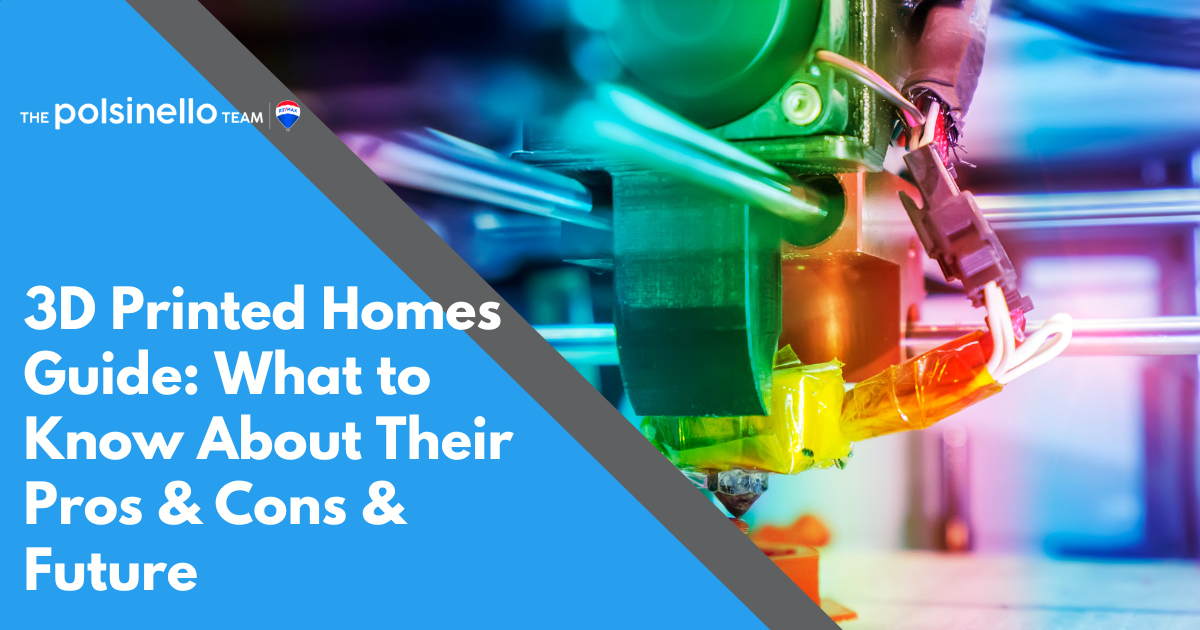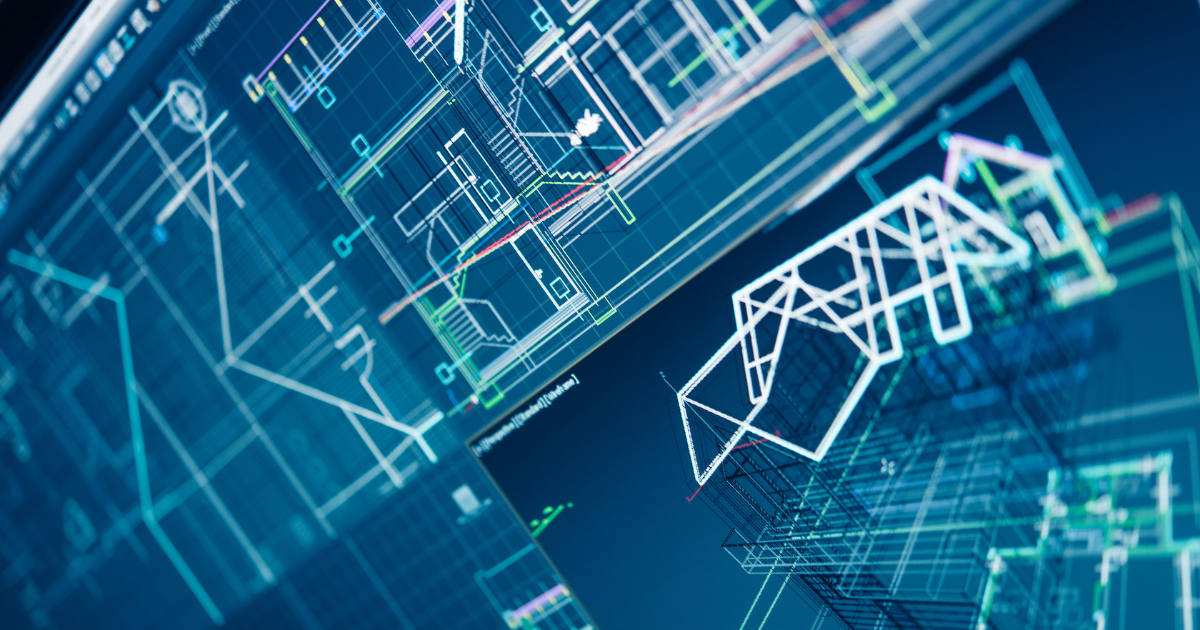
The world of construction is changing, and one of the most exciting innovations in recent years is 3D printed homes. This technology has the potential to revolutionize the way we build, making homes faster and more affordable while reducing waste and environmental impact. In this guide, we'll explore the pros and cons of 3D printed homes, as well as what the future holds for this exciting technology.
What are 3D printed homes?
3D printed homes are exactly what they sound like: homes that are constructed using 3D printing technology. Instead of traditional construction methods, which involve assembling a structure piece by piece, 3D printing involves creating a home layer by layer, using a specialized printer that can handle the large scale of construction.
This technology is a form of additive manufacturing, which means that material is added layer by layer to create a finished product. In the case of 3D printed homes, the material used is usually a mixture of cement, sand, and other additives that can be extruded through a nozzle to create the layers of the home.
The Pros of 3D printed homes
There are many benefits to 3D printed homes, including:
Efficiency: 3D printed homes can be constructed much more quickly than traditional homes, since the layer-by-layer process can be completed in a matter of hours instead of days or weeks.
Sustainability: Because 3D printed homes use a specialized mixture of materials, they can be more environmentally friendly than traditional homes. This can include using recycled materials or reducing waste during the construction process.
Affordability: 3D printed homes have the potential to be much more affordable than traditional homes, since the construction process is faster and requires less labor. This could make homeownership more accessible for many people.
Speed: Because 3D printed homes can be constructed quickly, they could be an ideal solution for emergency housing needs or for areas with high demand for housing.
Quality: 3D printed homes are often more precise and consistent than traditional homes, since they are constructed using a machine. This can lead to higher quality construction and fewer errors.
The Cons of 3D printed homes
While there are many benefits to 3D printed homes, there are also some potential drawbacks to consider:
Limitations: 3D printing technology is still in its early stages, which means that there are some limitations to what can be constructed using this method. For example, it may be difficult to construct complex designs or structures using 3D printing.
Scalability: While 3D printing can be efficient for smaller structures, such as single-family homes, it may be more challenging to scale this technology for larger structures like apartment buildings or commercial buildings.
Durability: Because 3D printed homes use a specialized mixture of materials, it's unclear how durable they will be in the long term. More research is needed to determine whether these homes will be able to withstand the test of time.
Aesthetics: Some people may find the appearance of 3D printed homes to be unappealing, since they can have a more industrial or boxy look than traditional homes.
Regulatory barriers: Because 3D printed homes
The Cons of 3D printed homes (continued)
Maintenance: While 3D printed homes can be built more quickly and efficiently, they may require more maintenance in the long term. Since the technology is still relatively new, it is unclear how easy or difficult it will be to repair or maintain these homes.
Customizability: While 3D printing technology has the potential to be highly customizable, there may be limitations to how much customization can be done with this technology. This could be a drawback for homeowners who want a unique or personalized home.
Market acceptance: Because 3D printed homes are a relatively new technology, there may be a lack of market acceptance or interest. This could impact the demand for these homes and their long-term viability.
Legal challenges: There may be legal challenges associated with the construction and sale of 3D printed homes, particularly around building codes and regulations. More research and development is needed to address these challenges.
The Future of 3D Printed Homes
Despite some of the challenges associated with 3D printed homes, there is still a great deal of excitement around this technology and its potential. There are many advancements being made in this field, including the development of new materials, improved printers, and more efficient processes.
The growth potential for 3D printed homes is significant, particularly as demand for affordable, sustainable housing continues to increase around the world. Many experts predict that this technology will become more widely adopted in the coming years, particularly in areas where there is a shortage of housing or a need for emergency housing solutions.
Collaboration between different industries and stakeholders will be key to unlocking the full potential of 3D printed homes. Architects, engineers, construction companies, and government agencies will all need to work together to develop and implement this technology on a larger scale.
3D printed homes are an exciting innovation in the world of construction, with the potential to revolutionize the way we build and live. While there are some challenges and limitations associated with this technology, there are also many benefits, including increased efficiency, affordability, and sustainability.
As research and development in this field continues, it is likely that we will see more widespread adoption of 3D printed homes in the coming years. With collaboration and innovation, this technology has the potential to change the way we think about housing and construction for generations to come.

Leave A Comment